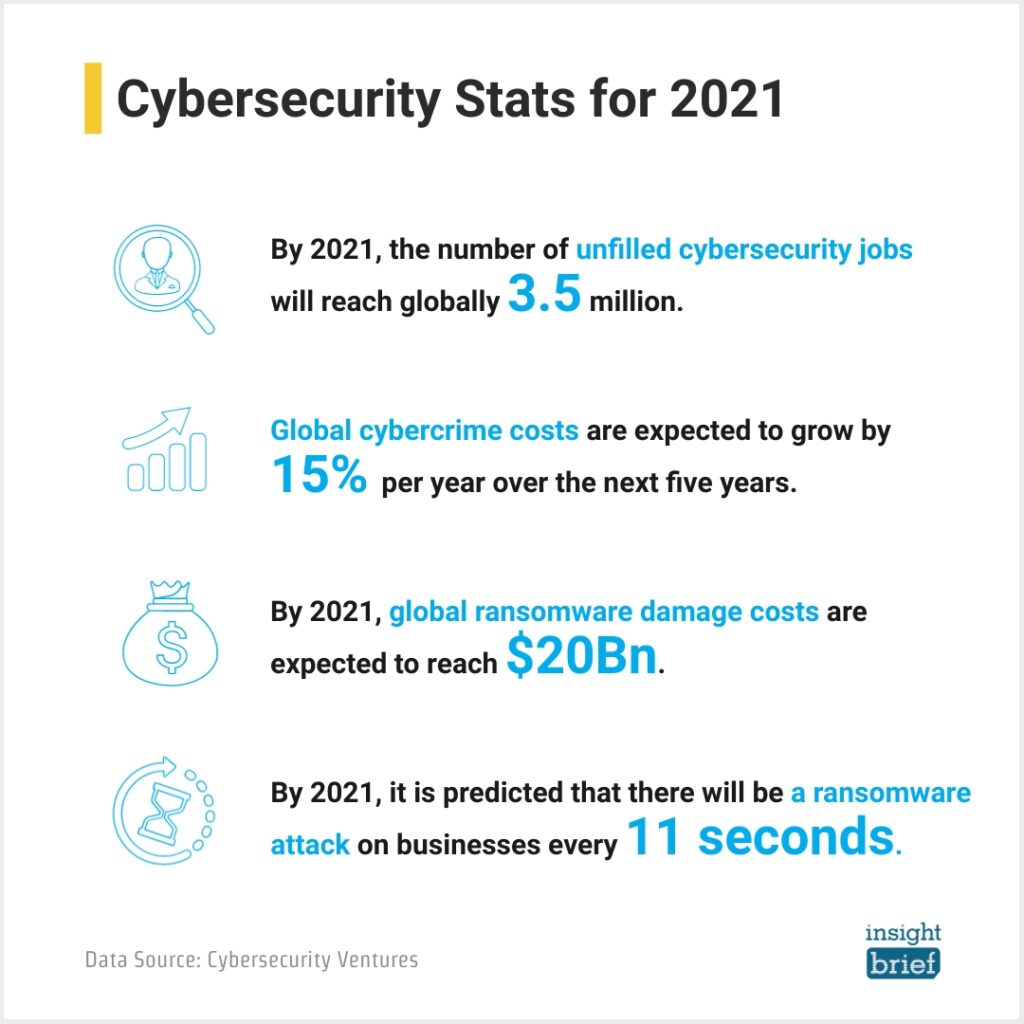
researchHQ’s Key Takeaways:
- The modern era of identity and access management (IAM) is increasingly associated with the challenges of security, user experience, and scalability.
- IDaaS is a cloud-based IAM solution that, once purchased, integrates into an organisation’s software and mediates authentication between the end-user and customer applications.
- Common features offered by IDaaS solutions include multi-factor authentication (MFA), biometrics, single-sign-on (SSO), and user management and access control.
- Organisations are turning to IDaaS solutions due to their adaptability and sophistication which contrast the rigid nature of in-house IAM solutions.
Why more companies are entrusting identity to the experts in the name of security and growth
Every organization that uses a login box must have some form of identity and access management (IAM) system to keep track of users and control access to data and services. But in recent years, managing identity has become more complex. Today, identity management is inextricably bound to issues of security, user experience (UX), and scalability.
To cope with the challenge of maintaining IAM systems, more and more organizations are turning to Identity-as-a-Service (IDaaS) providers.
But what exactly is Identity-as-a-Service? What do these providers offer that can help businesses navigate such a challenging environment?
In this piece, we’ll define identity as a service — its core components and the reasons why it’s a rapidly growing segment of Software-as-a-Service (SaaS).
IDaaS Defined
When an organization creates or updates an application, they have to choose which functionalities to write themselves and which to entrust to a third party. For instance, if you’re writing an application that takes payments, it’s often more time- and cost-effective to use a platform like Square rather than making your own payment system from scratch.
The same holds true if your application requires users to log in. Given the complexities of logins and the many ways that identity management touches on analytics and security, it’s often simplest to purchase an IDaaS solution that integrates into your software and handles these issues for you.
IDaaS providers offer cloud-based solutions for IAM functions.
When you purchase an IDaaS service, you’re essentially purchasing an API (Application Programming Interface). In the simplest terms, an API is a set of programmed rules for how software components or applications interact, like a translator or mediator.
In the case of IDaaS, the API mediates the authentication flow between the end-user and the customer’s application(s). IDaaS may also be used to mediate Authorization to certain areas of the application or to access certain data within the application(s) your company is building.
When we talk about managing identity, we’re referring to the identities of three basic classes of users:
- Customer identity and access management (CIAM), which applies to end-users.
- Workforce IAM, which manages your staff and their access to internal applications.
- B2B IAM, which lets businesses integrate identity with their business partners and enterprise customers.
Each of these classes requires a different approach, and an organization may subscribe to an IDaaS provider for all of them or just one.
There are a few core features common to virtually all IDaaS providers. These include:
- Multi-factor authentication (MFA)
- Biometrics
- Single Sign-On (SSO)
- User management and access control
We’ll get deeper into all those terms below.
Multi-Factor Authentication (MFA)
MFA is an increasingly popular way of verifying a user’s identity. It’s more secure than the traditional username/password method of logging in since passwords are vulnerable to multiple types of attacks.
MFA requires users to log in with more than one piece of identifying information (i.e., a push notification in addition to a password).
Users must share some combination of the following credentials to log in:
- Knowledge: Something the user knows (such as a password)
- Possession: Something the user has (such as a cell phone)
- Inheritance: Something the user is (such as a fingerprint or retina scan)
The most common form of MFA is two-factor authentication (2FA), though you may customize an MFA solution to ask for more credentials depending on the security risk.
Despite numerous reports on the benefits of multi-factor authentication for stopping data breaches, widespread adoption is still surprisingly low — though it has increased significantly in recent years:

One of the reasons for the lagging adoption rate is that designers are wary of creating extra friction at login, especially for B2C authentication. But third-party IDaaS providers offer more customizable MFA options, like step-up or adaptive authentication. These approaches to MFA only ask for extra credentials if a user meets a certain risk profile; for instance, logging in from a new IP address or changing payment information.
Biometrics
Biometrics means the use of an “inheritance” criteria — something the user is as a means of verification. If you’ve ever unlocked your smartphone with your thumbprint, you’re familiar with biometrics.

In addition to thumbprints, other biometric authentication methods include iris or retina recognition, full facial recognition, fingerprint, hand, and DNA usage.
Many organizations are excited to use this technology and have turned to IDaaS providers to implement it rather than trying to train their in-house teams on this specialized branch of knowledge.







